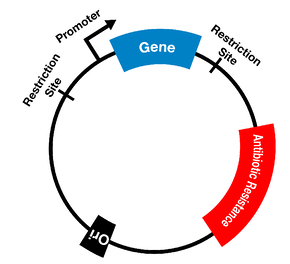Are you looking for more information about Antibiotic Resistance or antimicrobial resistance (AMR)? Do you need a video or graphic to illustrate AMR to your class or share to your social media followers? Check out some of the resources in the ever-growing AMR library curated by the iAMResponsible team, which is an affiliate of the University of Nebraska-Lincoln, USA, on the following links:
Are there alternatives to antibiotics?
- Every time antibiotics are used, impacted bacteria adapt to survive. Bacteria that are not killed by the antibiotic pass on their new survival traits to later generations of bacteria, which limit the effect of the antibiotic the next time it is used.
- Antibiotics are not the only way to treat bacterial diseases. Alternative treatment methods to consider include vaccines, immunotherapeutics, bacteriophage therapy, and probiotics.
Some of the alternatives to antibiotics usage in non-hospital settings (e.g., agriculture & Livestock etc.) are as follows:
Vaccines –Because many resistant infectious occur secondarily to vaccine-preventable diseases (such as pneumonia after the flu), vaccines are a very effective way to prevent the necessity of antibiotics to begin with.
Immunotherapeutics – this involves augmenting the host’s immune system at specific times (such as postpartum) so that infection does not occur to begin with. They have to be very specifically targeted in regards to time, however, which is not always predictable.
Probiotics – maintaining the vitality of healthy body flora in many ways could curb overgrowths of pathogens (an example of this is a lack of healthy flora in the vagina resulting in yeast infections or fecal transplants to curb cDiff infections). The drawbacks to this option (called competitive exclusion) are that particularly in the gut, healthy flora are so diverse that we do not fully understand their functions, so harnessing their potential more accurately will take a great deal more research. One way we can boost probiotic growth is the inclusion of prebiotic foods in our diets. Prebiotics are types of fiber that humans are not able to digest so they serve as a food source for probiotic species in the gut. Many high-fiber foods including fruits, vegetables, and grain contain prebiotics.
Bacteriophage Therapy – this form of therapy involves reprogramming viruses to target certain harmful bacteria. It is one of the most hopeful newer alternatives to antibiotic resistance that exists. Drawbacks to this method include having to know the exact pathogenic strain at issue in an individual, which requires culturing, itself sometimes difficult to do successfully. Also, bacteria can evolve resistance to bacteriophages, but bacteriophage therapy could be updated occasionally to target the new bacteria.
Source:
Are there alternatives to antibiotics?
Antimicrobial Resistance Resource Library
Discover more from Microbiology Class
Subscribe to get the latest posts sent to your email.





